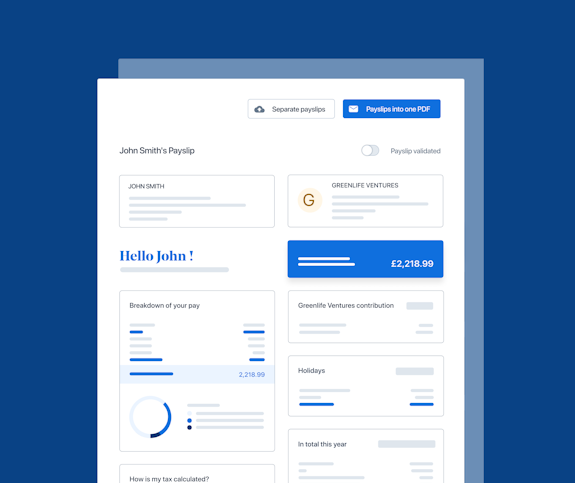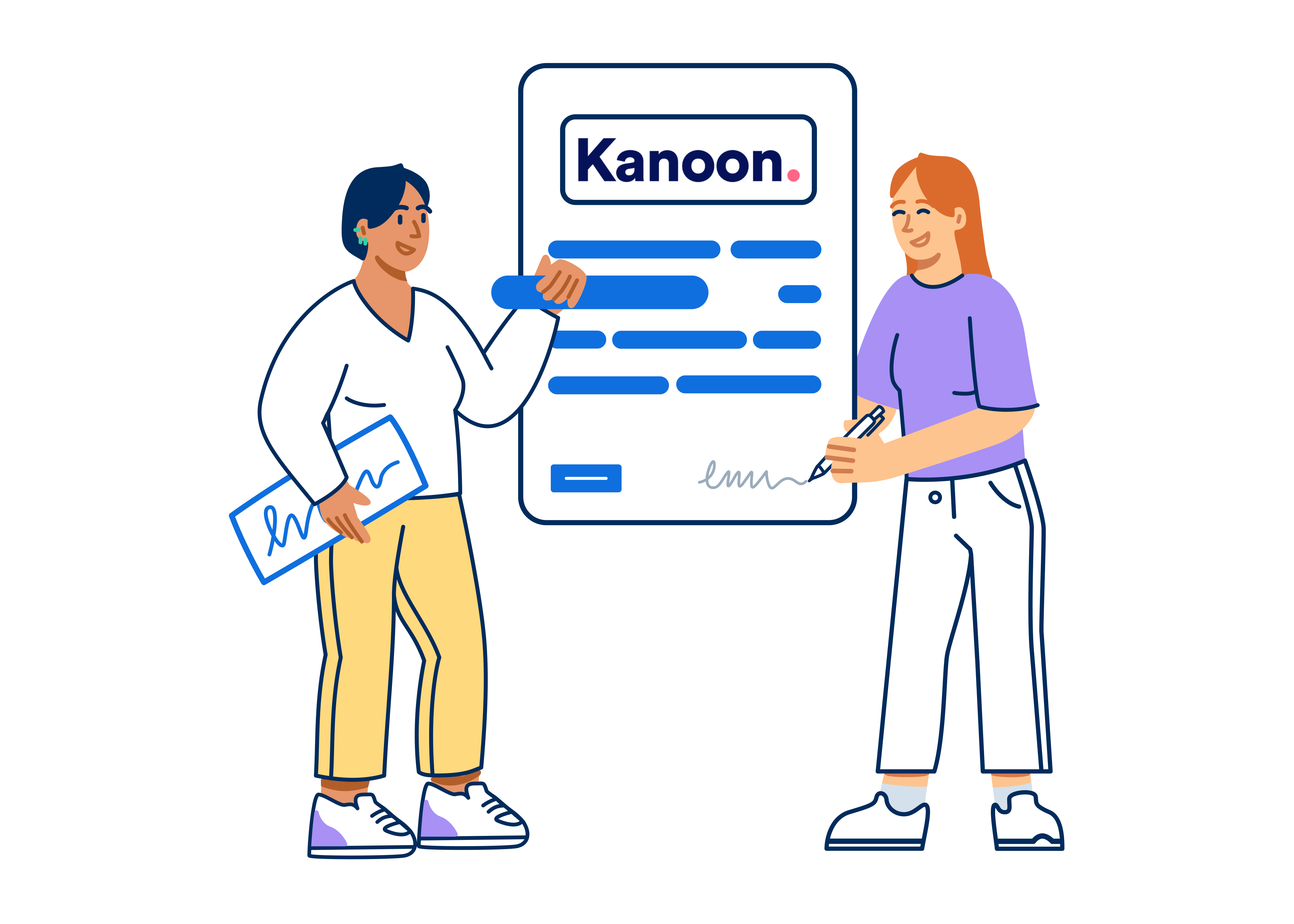- Blog
- |Managing Payroll
- >Finance
- >uk recruitment costs
The Hidden Costs of Recruitment That UK Businesses Might Not Know About


Recruiting new talent is an essential part of growing and sustaining a business. However, the cost of recruitment in the UK can sometimes be a bit like an iceberg, with hidden costs lurking beneath a surface of seemingly straightforward expenses. For HR leaders at SMBs in the UK, understanding these recruitment costs is crucial to making informed decisions and getting the most out of hiring strategies. Let's dive into the various different facets of UK recruitment costs, and explore practical advice on managing these expenses effectively.
What Constitutes the ‘Cost of Recruitment’?
The cost of recruiting a new employee in the UK encompasses more than just the obvious expenses. It includes everything from the initial job posting to the integration of the new hire into your company, plus any training and development costs. Here are the main components:
Advertising costs: These are the fees associated with posting job vacancies on various platforms, including job boards, social media, and with recruitment agencies;
Recruitment fees: If you're using a recruitment agency, you'll have to factor in their charges, which are often a percentage of the new hire's annual salary;
Time spent looking for candidates: The time HR staff and managers spend on the recruitment process is a significant but often overlooked cost;
Interview costs: This includes the time spent by your teams in conducting interviews. Some organisations reimburse candidates for travel expenses, but this isn’t the rule by any stretch;
Training and onboarding: Once a candidate is hired, there are costs associated with training them and integrating them into your team.
The Average Cost of Recruitment in the UK
The average cost of recruiting employees in the UK varies widely depending on the role, industry, and how you choose to recruit. However, it's not uncommon for the total cost to run into the many thousands over and above an employee’s salary, especially when considering indirect costs like the time spent in the process by existing staff.
The latest figures from the British Business Bank state that, for an employee on the average UK salary of £27,600, the true cost to the employer in year one, when recruitment, NI, pensions, training, equipment, annual leave, and other costs are taken into consideration, is closer to £63,000!
How Can You Streamline Recruitment Costs?
Streamlining recruitment costs while ensuring a high quality of candidates is a fine balancing act. Here are some ways to do it:
Leverage your network: Utilising your professional network can reduce the need for costly advertising and recruitment agencies;
Use efficient recruitment tools: There are plenty of job sites out there that employ AI tactics to help deliver only candidates who match your must-have requirements, saving hours that would’ve been spent sifting through less-than-ideal applications;
Create a compelling employer brand: A strong employer brand attracts candidates directly, reducing reliance on expensive recruitment channels;
Improve your interview process: Streamlining your interview process to be more efficient can save costs related to time and resources.

What Are the Benefits of Understanding UK Recruitment Costs?
Having a clear understanding of the cost of recruitment UK-wide enables businesses to plan more effectively, allocate resources wisely, and ultimately, reduce overall hiring expenses. It also helps in making strategic decisions about where to invest in attracting talent and how to improve internal processes for better efficiency.
The Hidden Layers Unveiled
Beyond the direct costs, there are hidden layers to the cost of recruiting employees that UK businesses need to be aware of:
Opportunity cost: The time your team spends on recruitment could have been invested in other revenue-generating activities;
Impact on team morale: Frequent turnover and the subsequent recruitment processes can affect the existing team's morale and productivity;
Quality of hire: Compromising on the quality of candidates due to budget constraints can lead to higher people churn and, consequently, higher recruitment costs in the long run.
Practical Advice for UK SMBs
Keeping recruitment costs at a manageable level is no easy task, but is essential for effective budgeting and forecasting. HR and Finance leaders should be working closely together to weigh up the high demands of recruiting the brightest talent, alongside the amount of money you’re willing to spend to achieve it.
Invest in employee retention strategies: Reducing employee turnover is one of the most effective ways to minimise recruitment costs, indeed the need to recruit full stop. Focus on creating a positive working environment and offering competitive salaries and benefits;
Utilise data: Track your recruitment costs and analyse the data to identify areas for improvement. This can help you make informed decisions and allocate your budget more effectively;
Consider internal recruitment: Before looking externally, consider if there are internal candidates who can be promoted or transferred to fill vacancies. This can significantly reduce new recruitment costs.

Wrapping up
Understanding and managing the cost of recruitment in the UK is a complex but essential task for HR leaders at SMBs. By recognising the hidden costs associated with recruitment and implementing strategies to streamline these expenses, businesses can not only save money but also improve their overall recruitment process. Looking at internal solutions can be beneficial, especially when it comes to building enticing compensation and reward strategies that will keep your best people with you for longer, and entice outsiders to your door rather than having to pay to go after them yourself.
In the constantly evolving landscape of recruitment, having the best insight into your people data is key to attracting and retaining top talent without breaking the bank. And that’s something we can help you with.
Find out how by booking in a short demo of PayFit with one of our product specialists below.


A UK 4-Day Working Week - Thoughts On Labour’s Plan

Running payroll - A Guide For New Businesses

The Alabaster Ruling & Maternity Pay - A Guide For Employers

The End Of Zero Hours Contracts? Implications For Businesses

What is the HM Revenue and Customs Starter Checklist


